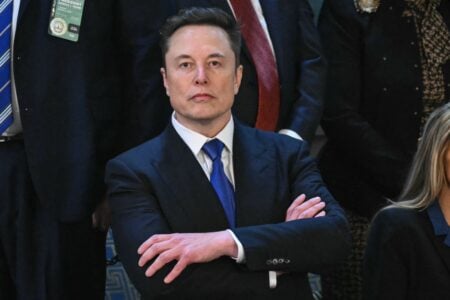The thunderclap of new U.S. tariffs targeting Brazil’s economic heartland has ignited a diplomatic firestorm. President Luiz Inácio Lula da Silva declared Brazil “will not seek conflict” but forcefully rejected any “humiliation” from Washington after the U.S. announced crippling 50% duties on key Brazilian exports starting August 6, 2025. The move directly threatens over one-third of Brazil’s $40 billion annual trade flow with its second-largest partner.
US Tariffs Target Brazil’s Economic Pillars
The sweeping tariffs zero in on Brazil’s agricultural backbone—beef, coffee, and tropical fruits face the steep 50% levy. While aircraft and mineral exports secured partial exemptions, analysts warn the sanctions could devastate rural communities. “This isn’t just trade policy; it’s a targeted strike on Brazil’s most competitive sectors,” stated Dr. Elena Ribeiro of São Paulo’s Getulio Vargas Foundation (Economic Bulletin, June 2024).
Brazilian exporters now confront impossible choices: absorb unsustainable losses or pass costs to U.S. consumers. Either scenario risks job losses and supply-chain fractures. The National Confederation of Agriculture (CNA) projects a 15-20% export drop within 12 months, potentially affecting 120,000 agribusiness workers.
Brazil’s Defiant Diplomacy: Dignity Over Dollars
President Lula’s response blended restraint with resolve. “We won’t be treated as a minor country,” he asserted, condemning U.S. efforts to influence Brazil’s judiciary—particularly regarding former President Jair Bolsonaro’s ongoing trials. His administration emphasized partnership, not provocation, but signaled readiness to deploy countermeasures if negotiations fail.
Crucially, Brazil isn’t cornered. Years of trade diversification through BRICS have yielded alternatives. Trade with China surged 28% year-over-year (Brazilian Ministry of Development data, Q1 2024), while over 76% of domestic transactions now bypass traditional banking via Pix instant payments—a digital bulwark against dollar dependency. “We’ve built resilience,” affirmed Foreign Trade Secretary Tatiana Prazeres. “No single market dictates our fate.”
The Global Ripple Effect
This clash mirrors a tectonic shift in global commerce. As U.S. Treasury reports (May 2024) confirm declining dollar usage in emerging markets, BRICS nations accelerate de-dollarization. Brazil now settles 45% of China trade in yuan, while Russia trades fertilizers for Brazilian meat in local currencies. “The era of unilateral trade punishments is ending,” notes Georgetown University professor Carlos Braga. “Nations now have exit ramps.”
The human cost looms large. In Minas Gerais coffee country, grower Mariana Costa fears generational ruin: “These tariffs could erase livelihoods built over decades.” Meanwhile, U.S. importers brace for pricier Brazilian beef—already up 12% in futures markets since the announcement.
Brazil’s stance crystallizes a new reality: Emerging economies demand equitable partnerships, not diktats. As tariffs threaten shared prosperity, Lula’s offer of dialogue remains open—but only if Washington meets Brasília as equals, not subordinates. The world watches whether diplomacy can defuse a crisis where escalation serves no nation.
Must Know
What US tariffs are imposed on Brazil?
Effective August 6, 2025, the U.S. will levy 50% tariffs on approximately 35% of Brazilian exports. Major affected goods include beef, coffee, oranges, and soy products. Partial exemptions exist for aircraft and certain minerals.
How will Brazil respond economically?
Brazil hasn’t announced retaliatory tariffs but is developing response options. Officials prioritize negotiation but could deploy WTO challenges, export subsidies, or targeted duties on U.S. manufactured goods if talks stall.
Why did the US target Brazil?
U.S. Trade Representative statements cite “unresolved trade barriers” but provide no specifics. Analysts link the move to Brazil’s refusal to extradite Bolsonaro-era officials sought by U.S. courts and its deepening BRICS alignment.
Can Brazil absorb the export losses?
Yes, through accelerated trade diversification. China now buys 32% of Brazil’s exports (2024), while ASEAN and Arab League markets grew 18% last year. Domestic digital payment adoption also reduces dollar vulnerability.
Will this cause higher US consumer prices?
Likely. Brazilian beef comprises 12% of U.S. imports. With limited short-term alternatives, prices could rise 8-10% by late 2025, per USDA forecasts.
iNews covers the latest and most impactful stories across
entertainment,
business,
sports,
politics, and
technology,
from AI breakthroughs to major global developments. Stay updated with the trends shaping our world. For news tips, editorial feedback, or professional inquiries, please email us at
[email protected].
Get the latest news and Breaking News first by following us on
Google News,
Twitter,
Facebook,
Telegram
, and subscribe to our
YouTube channel.



